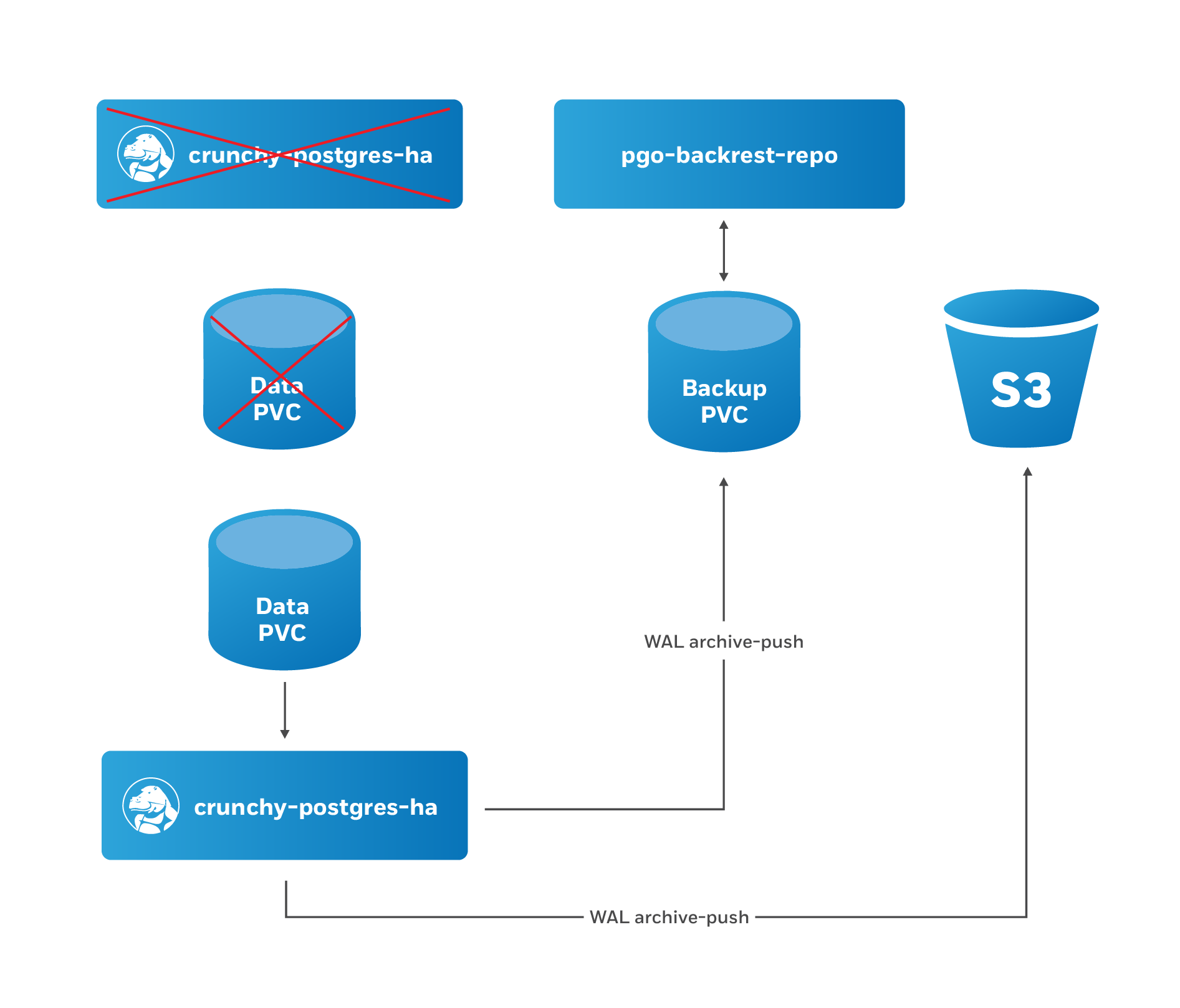

You must be careful when identifying column names and using multiple sources in theįROM clause, as it can introduce ambiguity between identifiers. Typically a WHERE clause is used to define the relationship betweenĬomma-delimited FROM sources, as shown in Example 4-27 (see the section titled Qualifying with the WHERE Clause for more information about the WHERE clause). Possible combination of rows between each other source. This is a result set where each column from each source is combined in every WHERE or JOIN clause to qualify the relationshipīetween the sources is that the complete Cartesian product of the sources Result of performing a SELECT on several comma-delimited sources without a Take care when specifying multiple FROM sources to PostgreSQL. Specifying multiple sources in this fashion isįunctionally similar to a CROSS JOIN, discussed in the section titled Joining Data Sets with JOIN. Multiple sources may be entered following the FROM clause, separated by commas. This technique is demonstrated in Example 4-26, which shows the same results as Example 4-25, but with different column headings.įROM clause allows you to choose either a table or a result set as a With AS can clarify the meaning of an otherwise ambiguous expression orĬonstant. When selecting expressions or constants, rather than plain columns. Result set which is returned by the query. Using AS has no lasting effect on the column itself, but only on the Normal identifiers (e.g., they may be quoted to contain spaces, may not be keywords unless The rules and limitations for the specified name are the same as for Specified target, which re-names a column in the returned result set to an arbitrary name The target list allows the use of an optional AS clause for each Testdb-# 'PostgreSQL is more than a calculator!' Returned in a different column arrangement, (omitting the subject_idĬolumn, and repeating the id column twice) as a result of the target The order of the defined columns in the table to which it is applied.īooktown=# SELECT id, author_id, title, id Parentheses following the FROM sourceâs alias. Each column_alias must be separated by commas, and grouped within The FROM sources which have assigned aliases may also alias columnsīy specifying arbitrary column aliases. Use of a sub-query requires a specified alias. Query to be used as a FROM source, as if it had been a static table. This causes the result set created by the ( query ) aliasĪny valid SELECT statement may be placed in parentheses as the The AS term is considered noise, and is optional. aliasįROM source, in order to simplify a query (e.g., books might be temporarily referenced with an alias of b). Specifying the ONLYĬlause causes the rows of any childâs table to be omitted from the query.

The table name specifies what table to use as a Terms used in the FROM clauseâs syntax description are as Start value of 50 would return the rows from 50 toġ50 (if there are that many results to return). For example, a LIMIT with a count set to 100, and an OFFSET clause with a

Instructs the LIMIT clause at what point to begin limiting the The term expression is used to refer to either a column name, or a generalĮxpression (such as a column being operated upon by a constant, or another column). Greater detail within the following sections. The terms used are summarized and described in Since it is central to PostgreSQL, SELECT is easily the mostĬomplicated single command, having the most available clauses and parameters. Have columns which are drawn from several other tables by a single query. With the same column structure as the table, or it may differ drastically. A query on a table may return a result set They are purelyĪ temporary result of the queryâs requested data. The columns of a result set are not stored on the disk in any fixed form. The data returned via a query is called a result set andĬonsists of rows, with columns, similar to a table. Queries are the only SQL instructions by which your data can be retrieved from SELECT is used to build queries (also known as SELECT

The heart of all SQL queries is the SELECT command.


 0 kommentar(er)
0 kommentar(er)
